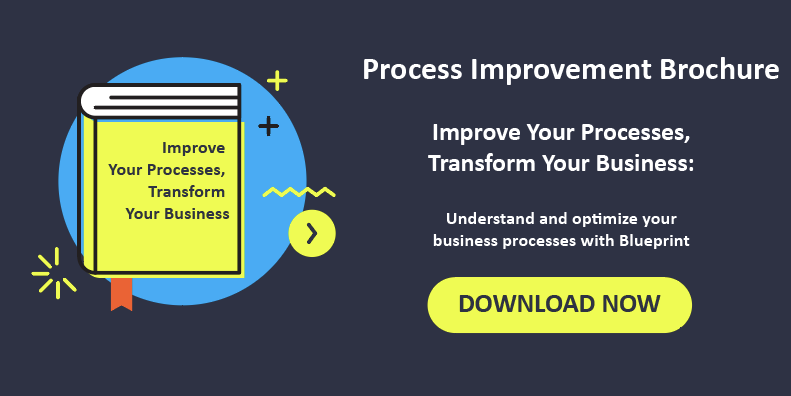There is a lot of talk among Business Analysts about how the Agile methodology is influencing their roles. Especially as more organizations apply an agile framework to their automation efforts.
Will integrating the Agile process change the day-to-day functions and responsibilities of a Business Analyst?
Simply put: yes and no.
Although the role of a Business Analyst is different depending on the organization, looking across companies we can identify some of the analyst’s key functions as:
- Needs assessments
- Planning
- Analysis
- Validation
- Modeling
Each of these functions is essential in both a traditional and Agile environment.
Agile Transformation of a Business Analyst
The Business Analyst’s core function will continue to occupy much of their attention, but priority setting will be guided by the Agile process.
Specifically, we can identify three broad areas where the Agile development methodology will influence the way Business Analysts do their work. These areas are:
- Communication
- Creating the Product Roadmap
- Keeping the team on course
The impact of an Agile model on these areas will be examined here:
1. Enhancing Communication
The Agile framework encourages enhanced communication, the sharing of information, and deep Business-IT collaboration.
Learn More: Shared Business and IT Ownership: The Only Governance Model for Scaling RPA
It calls for greater alignment between team members, managers and users, and an increased reliance on:
- User stories
- Active feedback loops
- Integrating the customer’s perspective
Within the Agile model, Business Analysts can serve as the “bridge” between developers and product stakeholders – translating business needs into user stories and prioritizing deliverables within the task list.
The ongoing flow of communication will raise some important questions: What is a high-value payoff versus what is a lower-value attribute? Business Analysts can help the team maintain the discipline to determine these trade-offs.
2. Creating the Product Roadmap
Business Analysts help to set priorities and design a good product roadmap. The analyst is responsible for calibrating the timing of specific work while keeping in mind the importance of staying nimble. The Agile Business Analyst will provide:
- Systems Perspective – The Business Analyst can introduce “technology thinking” or a “systems perspective” into the project to tackle the job of turning business needs into technology workflow management.
In an Agile environment, the role of a Business Analyst provides this input early on. While the business needs are identified, analysts should be providing information within the context of the technology’s capabilities in the form of functional and non-functional requirements.
- Concurrent Phases – According to Agile best practices, coding happens throughout the analysis process, while traditional waterfall methodology conducts analysis before the design. Agile Business Analysts will play a lead role in mapping this schedule.
- Testing – In an Agile environment, testing happens throughout the process rather than immediately before deployment. Business Analysts will need to incorporate this practice throughout their work, as well.
3. Keeping the Agile Team on Course
When the roadmap is set, the Business Analyst in Agile will keep the team – including managers, developers, users, and other analysts – focused on the end-game.
Business Analysts already do process modeling, which adds significant value in an Agile framework, and many leverage Blueprint as an effective solution.
The Business Analyst shares models with the team to make sure everyone is:
- Speaking the same language
- Asking the same questions
- Moving towards the same end-game
Visual models show how business requirements translate into functionality, user experience and business value – a more effective way of getting everyone on the same page, especially when teams are working in different locations.
Moreover, today’s Agile development environment is heavily focused on the customer experience journey – and it should be. Every team member must keep infusing that perspective into every step of the process.
Going forward, Agile Business Analysts will make sure those user stories translate into effective changes.
There is an opportunity for Business Analysts to become effective members of an agile team but they need to be prepared to rethink the way they approach their jobs. This includes a greater focus on improved collaboration, on knowledge sharing, on skills transfer, and on becoming a generalizing specialist. Agile teams require people with greater flexibility, greater discipline, and the willingness to work in an evolutionary manner. This will take time and effort, but in the end, this investment will be well worth it.
Additionally, while Business Analysts provide significant value to an Agile team, all team members have a responsibility to do business process analysis. With the increasing prevalence of Agile, this function will be even more valuable to successful product launches and deployment.
For more information on how Business Analysts can leverage Blueprint's Business Transformation Platform to enhance communication, decision making, analysis, and collaborate in one central platform, download the datasheet: Improve Your Processes, Transform Your Business.





